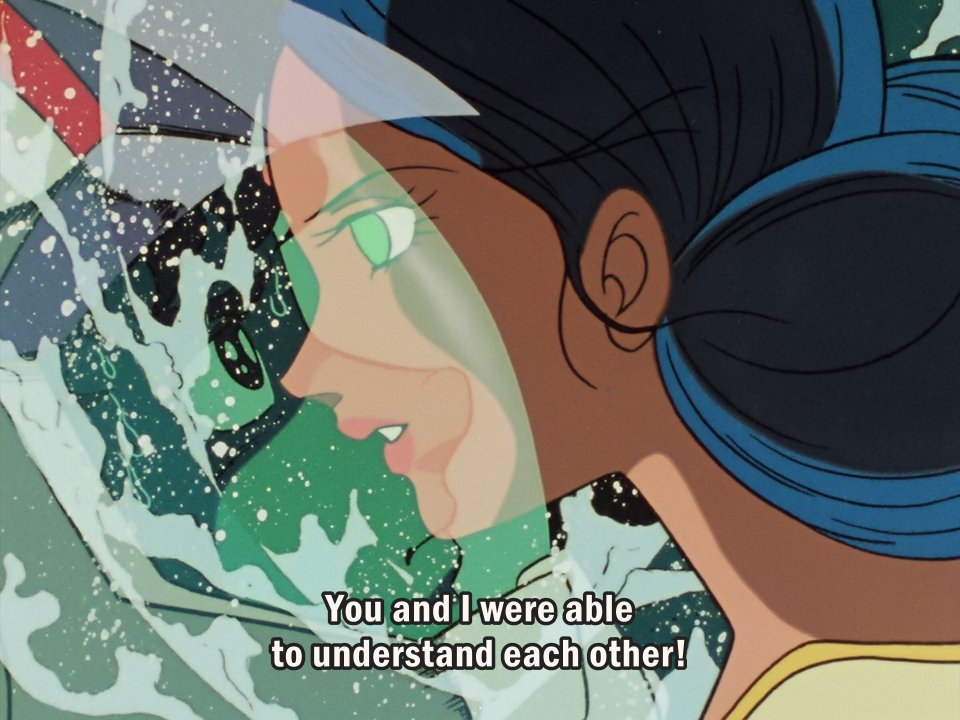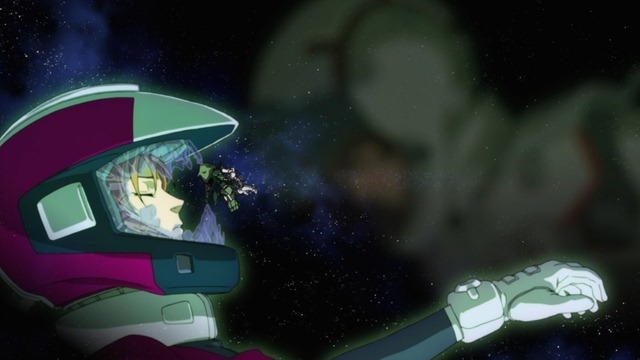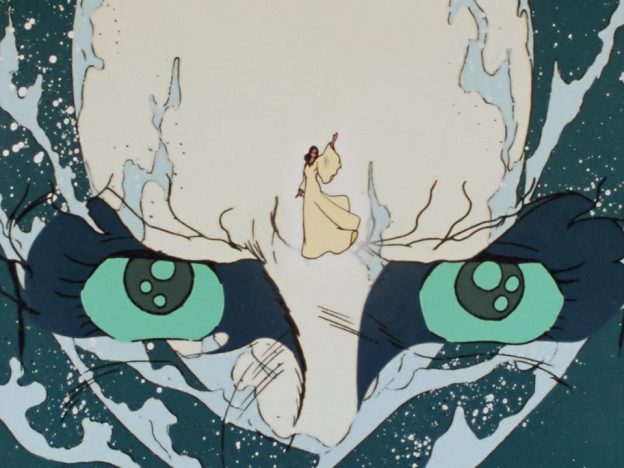Within the real robot framework of Gundam’s main timeline, Universal Century, one thing sticks out as distinctly outside of that realistic framework: newtypes. Newtypes are spacenoids (space colonists) who seemingly due to their life in space, have evolved into a sensorily heightened version of humans. This new awareness allows newtypes to almost predict things that will happen soon, detect the presence of other newtypes, and with some practice, even telepathically communicate with them. As a humanistic discovery, the existence of newtypes implies a broader band of ways to connect with other people, and enhance empathy. In fact, within the fiction of Gundam, the term was created by a leader of Zeon who predicted that “in order to adapt to the great void and mankind will then be able to understand each other without misconceptions”.

However, of course, in the irony of the horrifying wars of Gundam, not only have many newtypes been used as a pawn for species superiority by factions like Zeon, they’re heightened awareness makes them ideal for something else: combat. The heightened awareness of newtypes makes them especially agile warriors, and the most advanced technologies of the UC cater to these abilities. The advantages of newtype soldiers became so apparently beneficial that factions began manufacturing cyber-newtypes: newtypes made through experimenting on ordinary humans, in often extreme, mentally damaging ways. Most cyber-newtypes suffered from a variety of mental conditions that made socialization difficult for them, further complicating their post-war lives. The Earth Federation’s solution to newtypes was to simply refuse their existence at all, with many having to hide their status in order to retain citizenship.

Gundam poses a tragic irony in the discovery of literal empaths in its universe, and how quickly a series of violent governments would seek to either exploit or hide their existence. Many times, newtypes have shown the ability to manifest a soul separate from their bodies, even after death. And yet for many, newtypes didn’t indicate a new layer of human connection: it represented a more efficient way to impose the will of the few.

